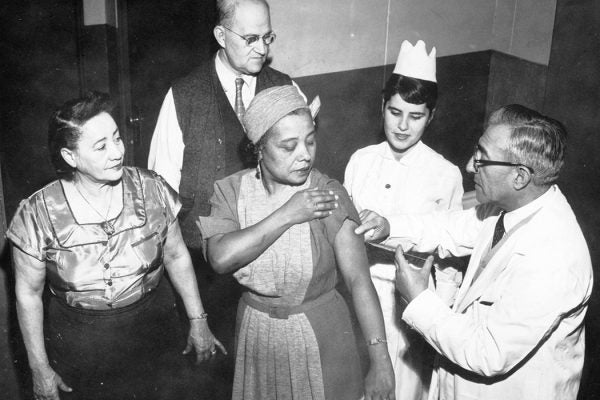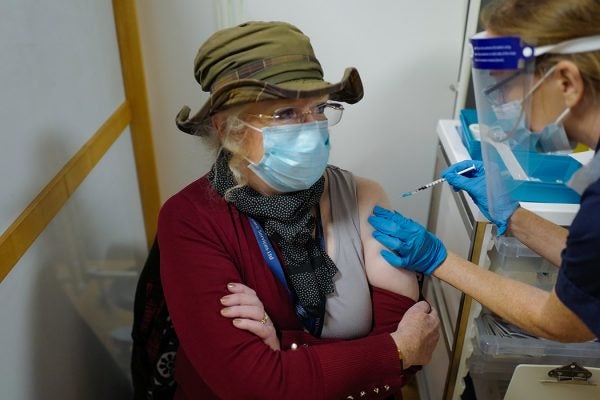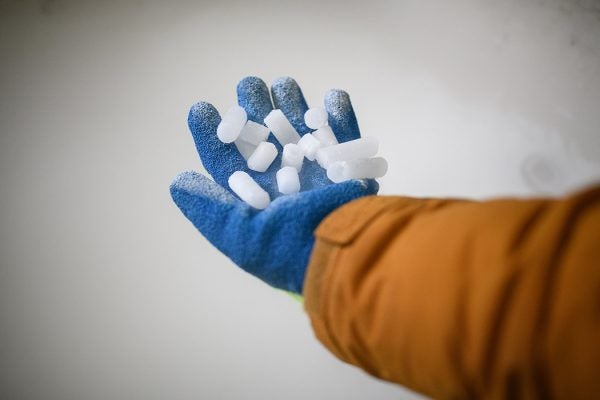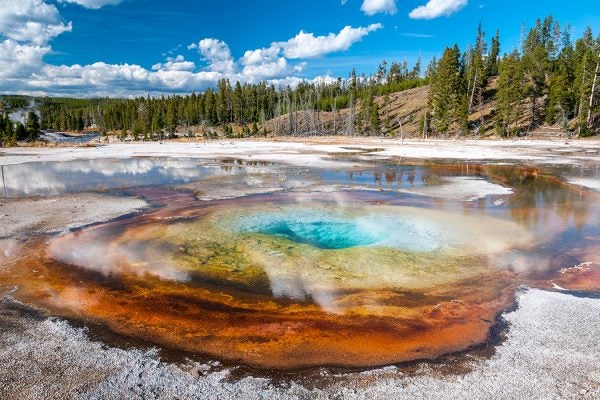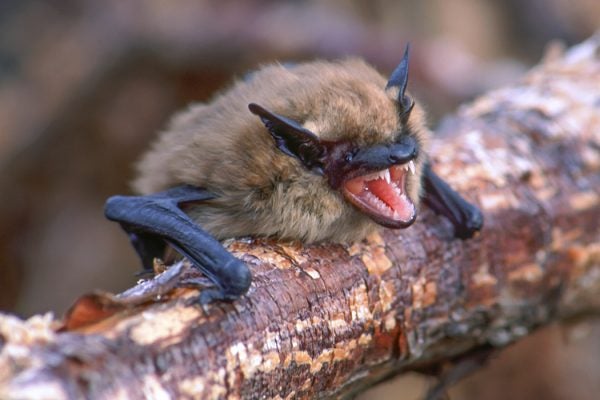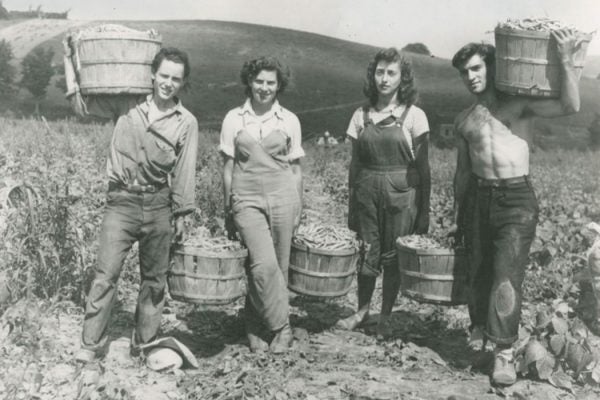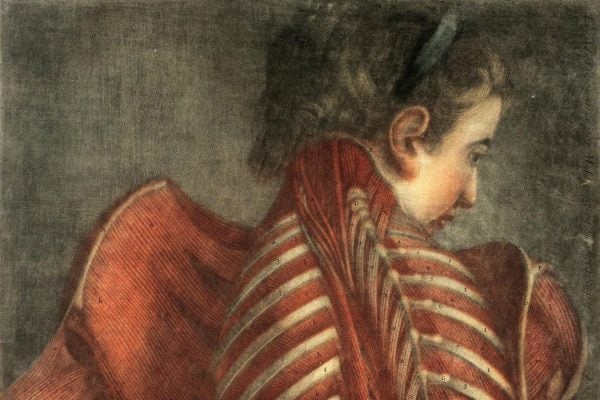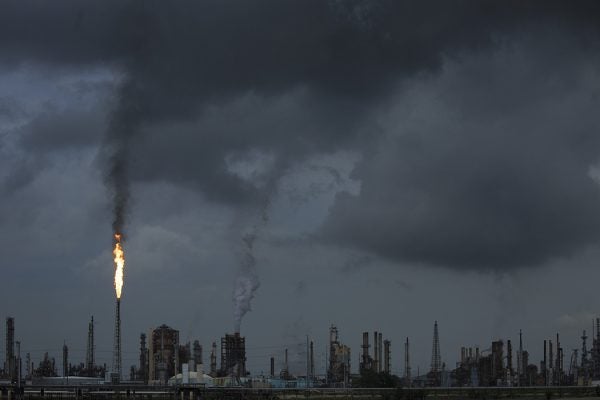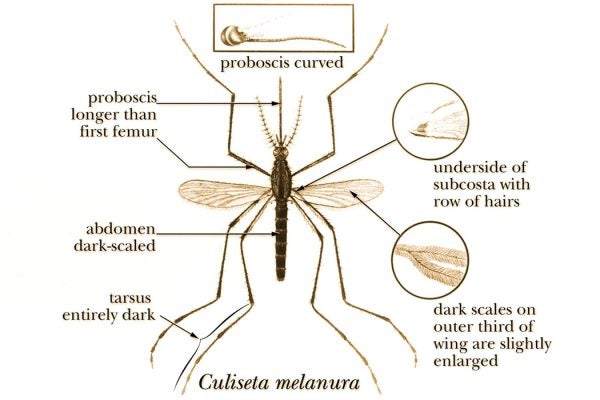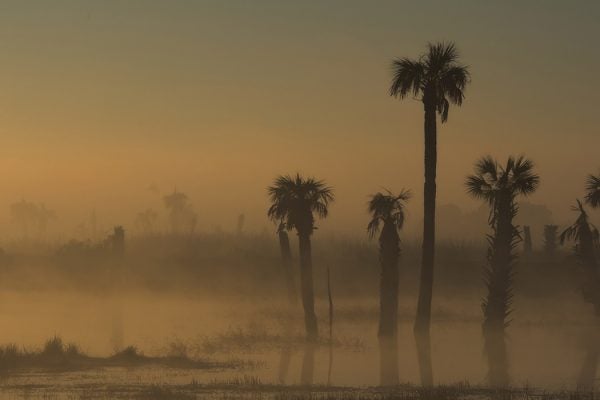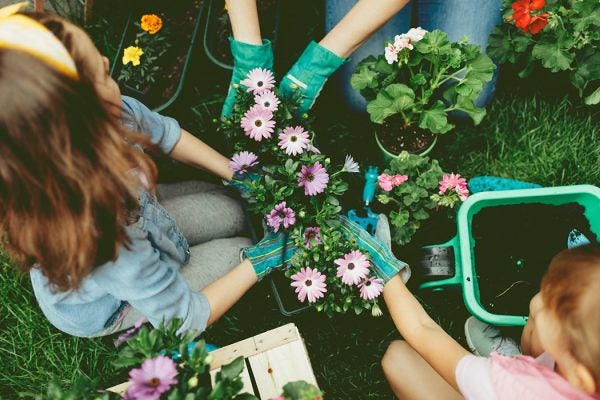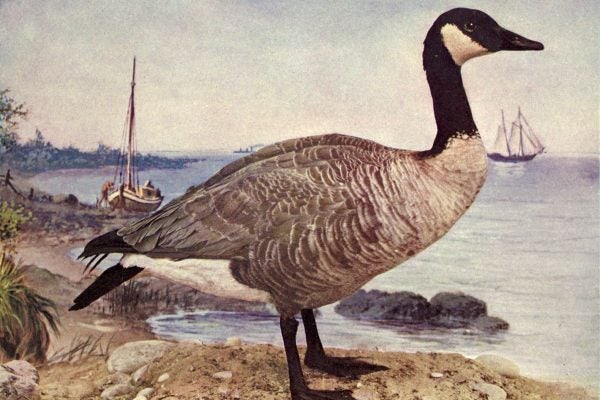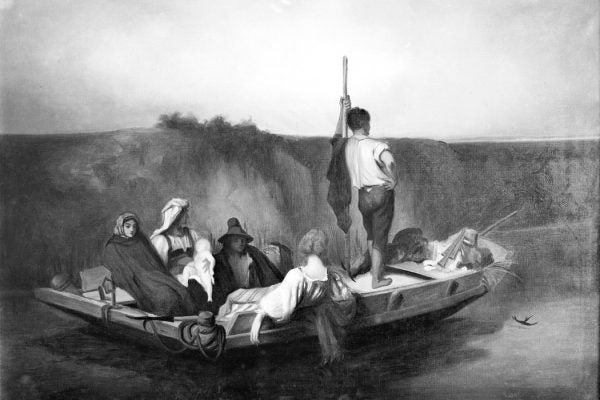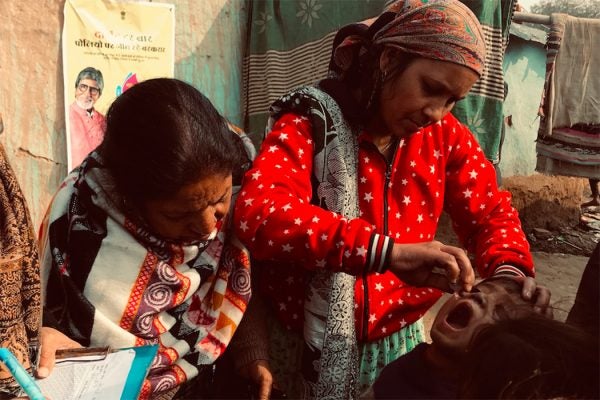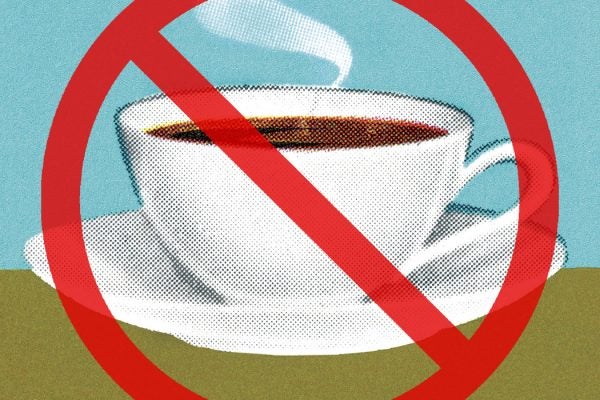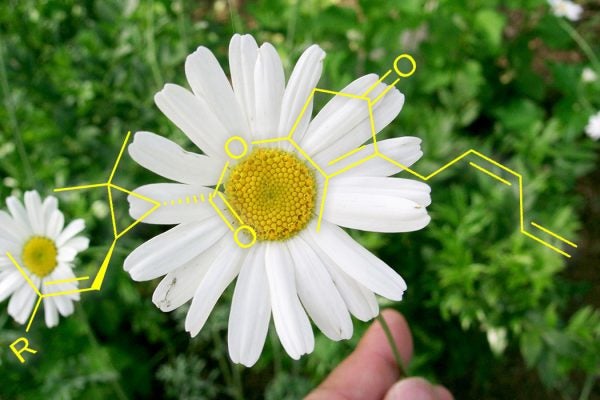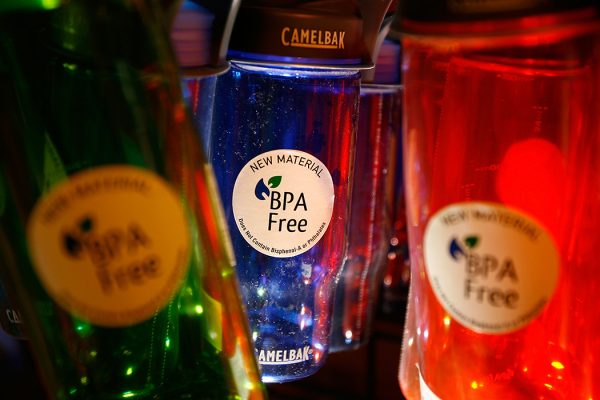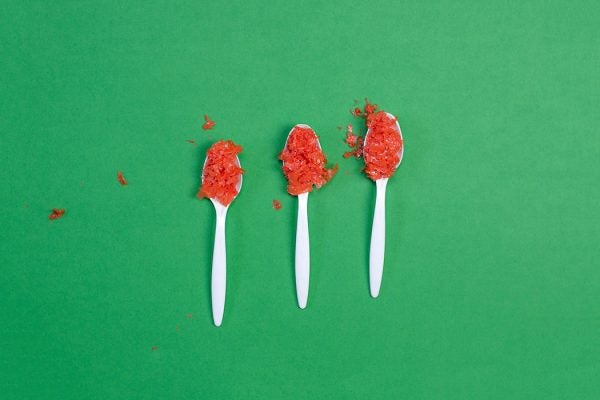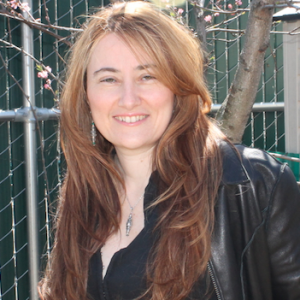
Lina Zeldovich
Lina Zeldovich grew up watching her grandfather fertilize the family’s organic orchard with composted sewage and thought that the whole world did the same. Thirty years later, she had won four awards for covering the science of poo and focused her book on the novel solutions to the world’s oldest problem—keeping humans free from their own excrement. In writing The Other Dark Matter, she toured a slew of smelly sewage plants, hopped over many stinky street gutters, stuck her nose into a stool bank—and lived to tell the story. When she isn’t digging into humanure in India, Madagascar or North America, she lives in New York City and tends to a compost pile in her backyard.


